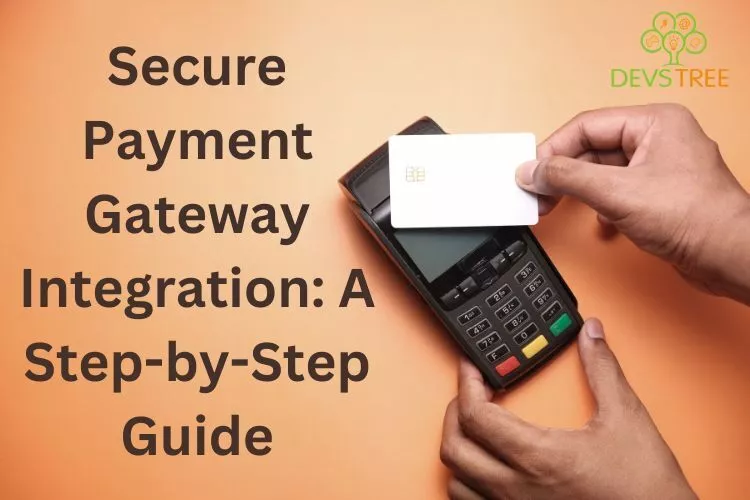
Introduction In today’s digital world, secure payment gateway integration is crucial for businesses that conduct online transactions. A payment gateway acts as a bridge between the customer, merchant, and financial institutions, ensuring the secure transfer of sensitive payment information. This step-by-step guide will walk you through the process of integrating a secure payment gateway into your website, helping you protect customer data and build trust in your online business.
Understanding Payment Gateways
Before diving into the integration process, it’s essential to understand what a payment gateway is and how it works. A payment gateway is a software application that authorizes and facilitates online payments, securely transmitting sensitive customer data between the merchant’s website and the financial institutions involved. It encrypts the information to ensure confidentiality and provides a seamless payment experience for customers. Some popular payment gateways include PayPal, Stripe, and Braintree.
Choosing the Right Payment Gateway
Selecting the right payment gateway is crucial for the success of your online business. Consider factors such as security features, transaction fees, integration complexity, and supported payment methods. Research and compare different payment gateway providers to find the one that aligns with your business requirements. Ensure the chosen gateway complies with industry standards such as Payment Card Industry Data Security Standard (PCI DSS) to guarantee data protection.
Obtaining Necessary Credentials
To integrate a payment gateway, you’ll need certain credentials provided by your chosen payment gateway provider. These credentials typically include an API key or merchant ID, which will be used to authenticate your website’s requests to the payment gateway’s servers. Register an account with your chosen payment gateway provider and follow their documentation to obtain the required credentials.
Integrating the Payment Gateway
The integration process varies depending on your website’s platform or content management system (CMS). Most payment gateway providers offer comprehensive documentation and developer tools to guide you through the integration process. Generally, the integration involves adding code snippets or plugins to your website’s checkout or payment pages. Ensure that the integration is secure by using encryption protocols (such as HTTPS) and following the provider’s recommended security practices.
Testing and Sandbox Environment
Before going live, it’s crucial to thoroughly test the payment gateway integration. Most payment gateway providers offer a sandbox or testing environment where you can simulate transactions without processing real payments. This allows you to validate the integration, test various scenarios, and ensure the seamless functioning of the payment flow.
Ensuring Security
Security should be a top priority when integrating a payment gateway. Implement security measures such as SSL/TLS encryption, tokenization, and adhering to PCI DSS compliance standards. Regularly update your website’s software, including plugins or extensions related to the payment gateway. Monitor and promptly address any vulnerabilities or security patches released by the payment gateway provider.
Conclusion
Integrating a secure payment gateway into your website is crucial for providing a safe and seamless payment experience to your customers. By understanding the payment gateway, selecting the right provider, following the integration process diligently, and ensuring robust security measures, you can protect sensitive customer data and build trust in your online business. Invest the necessary time and effort to implement a secure payment gateway, and reap the benefits of increased customer confidence and successful online transactions.
Are you thinking about whether Payment Gateway Integration could be the perfect option for you? Contact us for a discussion on Integrate Payment Gateway Services.
